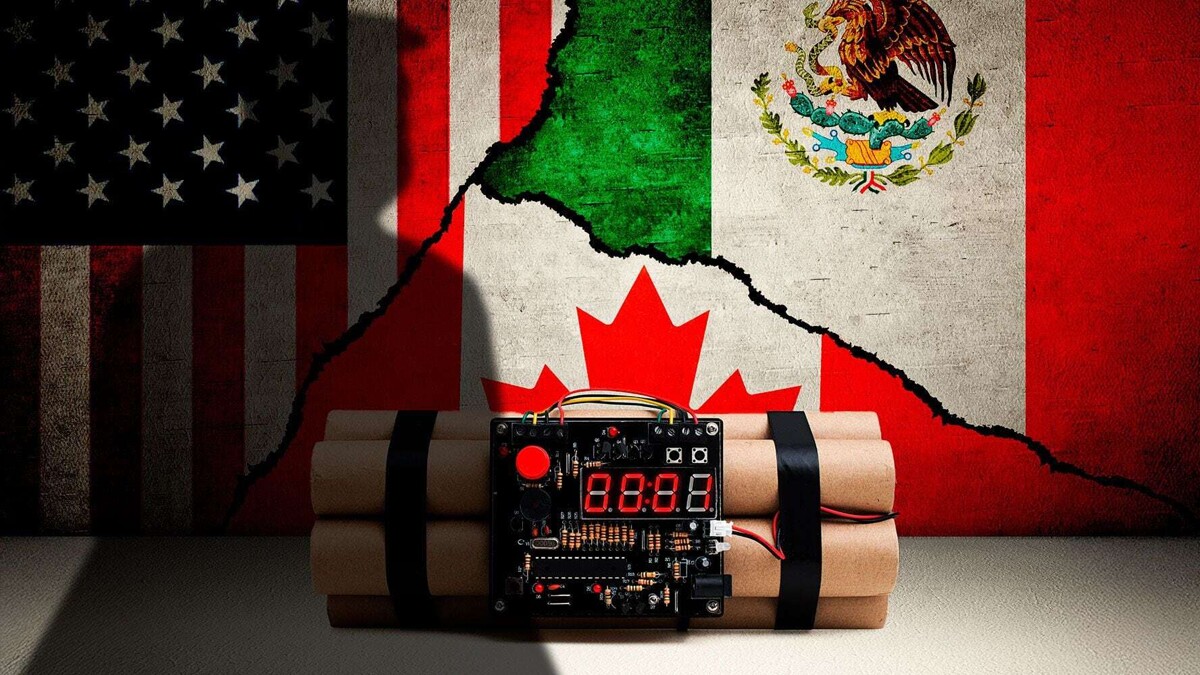
On Tuesday, March 4, the executive order signed by President Donald Trump to impose a 25 percent tariff on imports from Mexico and Canada will come into effect. Despite doubts about whether these threats will materialize, an increasing number of people recognize the need to take them seriously and prepare to face them.
Both the government and Mexican entrepreneurs are working on strategies to anticipate possible scenarios and mitigate the effects of the tariffs. Uncertainty persists despite the efforts made, and a Mexican delegation led by Marcelo Ebrard and Omar García Harfuch will travel to Washington this week to address this issue.
In light of the possible implementation of the tariffs, contingency plans are being designed in various boards of major multinational companies to reorganize production and shift operations to U.S. territory, in an attempt to avoid the tariffs. It is warned that if the tariffs are applied, practically everyone will be affected by their consequences.
The need to evaluate strategies extends to exporting companies and indirect suppliers that could feel the effects of the tariffs. In the United States, a group of entrepreneurs is pushing Trump to avoid the imposition of tariffs, concerned about the negative impact they would have on the U.S. automotive industry.
Despite the complex landscape, Mexico remains attractive for long-term investment, as demonstrated by the investment announced by Ana Botín, president of Grupo Santander. The economic outlook for the country remains strong, despite the current uncertainty regarding the possible imposition of tariffs.
American and Mexican entrepreneurs are joining efforts to oppose the tariffs and try to avoid a trade war. Questions are being raised about the possibility of finding alternative markets and substitutes for products sold in the United States, in order to prepare for any eventuality that may arise before March 4.














